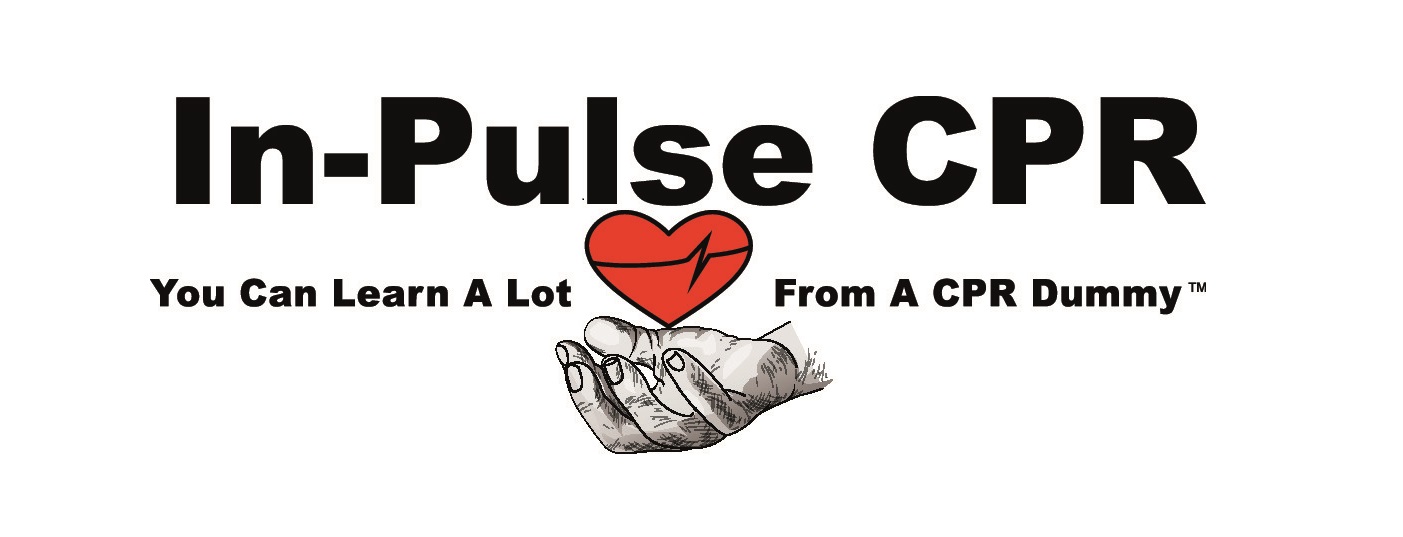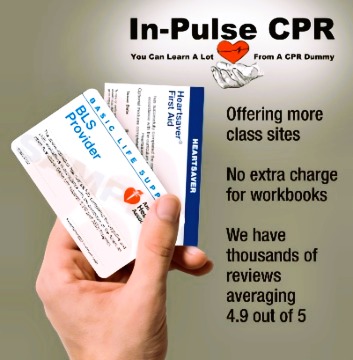Keep the Steps for Hands-on CPR in Mind – Be Prepared
Statistics show that SCA or sudden cardiac arrest can happen to anyone at any age. However, the risk for SCA is greater for the following individuals:
- People who are diabetic
- People who have had a heart attack
- People suffering from hypertension
- People with high levels of cholesterol
- Obese individuals
- People who smoke
- People with heart disease
An Invaluable Skill
Moreover, SCA usually occurs at home. Therefore, if you have a loved one who is at a high risk for SCA, you need to learn CPR to ensure your family member’s survival. Even if you do not have a high-risk member in your household, CPR can be an invaluable skill.
Coronary Artery Disease
A previous heart attack can lead to an SCA, especially if a large part of the heart was damaged. Also, an SCA is more likely to occur within the first six months following a heart attack. About 80% of cases that lead to death are linked with coronary artery disease.
How Sudden Cardiac Death Occurs
Coronary artery disease is also referred to as heart disease or coronary heart disease. It develops when plaque builds up in the arteries. When the arteries, which, at first, are elastic and smooth, build up with plaque, they become narrow and rigid. As a result, the circulation to the heart muscle is restricted, all which can lead to a noted lack of oxygen. When the plaque ruptures, a heart attack can develop or sudden cardiac death (SCD).
How Coronary Artery Disease (Heart Disease) Develops
Coronary artery disease can develop from a young age. As plaque in the blood vessel walls accumulates, the walls become inflamed, all which elevates the risk of heart attacks and blood clots. In addition, the plaque build-up causes the inner walls of the blood vessels to become sticky. Other substances travel in the blood stream and mix with the plaque. These substances may include calcium, lipoproteins, or inflammatory cells. When this happens, the vessels become narrower over time.
How a Heart Attack Happens
Eventually, a narrowed artery may compensate for the restricted blood flow by developing new blood vessels that travel around the blockage. This is the body’s way of ensuring that blood is delivered to the heart. However, if a person is stressed, the new arteries may not be sufficient enough to deliver oxygen-rich blood. Moreover, if the plaque ruptures, a blood clot may block the supply of blood to the heart. When this occurs, it is called a heart attack.
Blockages that Lead to Strokes
If a blood vessel to the brain becomes clogged, normally from a clot, an ischemic stroke may occur. If a brain’s blood vessel bursts, usually because of high blood pressure, a hemorrhagic stroke usually results.
Angina or Chest Pain
Angina or chest pain can also warn of heart or rhythm problems. Usually, angina is revealed by heaviness and pressure in the chest or a burning or aching sensation in the chest area. Sometimes patients feel a fullness or squeezing along with the pain. This condition is often mistaken for heartburn or an upset stomach.
Learning Hands-on CPR
Today, you can learn hands-on CPR, which does not require mouth-to-mouth resuscitation. Therefore, this form of resuscitation makes CPR simpler to learn. Hands-on CPR for adults is given when a person collapses and becomes non-responsive. If this occurs, you first need to call 911. Afterwards, check for responsiveness. Tap the individual’s shoulder and ask if he or she is okay. Also, check for normal breathing.
When Hands-on CPR Cannot Be Used and Conventional CPR Is Employed
Again, if the person does not respond or is not breathing normally, you need to begin hands-on CPR. However, that being said, hands-on CPR should not be used in situations where an SCA is the result of a drug overdose or a near-drowning. In these cases, you need to perform chest compressions combined with rescue breathing.
Performing Chest Compressions
When performing chest compressions, you need to take the following steps:
- Place the heel of the hand on the victim’s chest in the center.
- Position the heel of the other hand on top of the first hand and lace the fingers together.
- Keep your arms straight and make sure the shoulders are positioned directly over the hands.
- Push hard on the chest and compress the chest to a depth of at least two inches.
- Make sure the chest elevates completely before performing another compression.
- Compressions should be performed at 100 per minute.
Keep Performing CPR Until Normal Breathing Is Resumed or Emergency Help Arrives
Keep performing hands-on CPR, stopping only if the person begins normal breathing or an emergency responder arrives and takes over resuscitation. You should also turn over the task to another person versed in CPR, if possible, if you become too tired. If an automated external defibrillator (AED) becomes available, you will also want to stop so the device can be used.
How to Use an Automated External Defibrillator (AED)
When an AED does come available, you want to turn on the device so the machine can provide step-by-step directions. Wipe the patient’s chest dry and affix the pads of the AED. Plug the connector, if required.
Defibrillation with an AED
When using the AED, make sure that no other person is touching the victim. Announce the word “clear” so everyone knows to stand back and away from the victim. If needed, press the “analyze” button. If a shock is recommended, press the “shock” button. Resume resuscitation, performing compressions, and follow the AED device’s prompts.
Why Knowing How to Administer CPR is Essential
Again, knowing this information is important for everyone, as SCD or sudden cardiac death is the main cause of natural death in the U.S. About 325,000 adults succumb to SCD each year – the reason for half the deaths from heart disease annually.
The Results of a Heart Attack
Sudden cardiac arrest (SCA) is not a myocardial infarction, or heart attack. However, it can happen when a heart attack takes place. A heart attack happens when a blockage develops in one or more arteries of the heart. In turn, the heart is unable to receive sufficient oxygen-rich blood. If oxygen cannot enter the heart, the heart muscle becomes damaged.
A Flaw in the Heart’s Electrical System
Unlike a heart attack, an SCA happens when the heart’s electrical system or rhythm is disturbed. When this occurs, the heart will beat faster than normal or the ventricles may quiver (known as ventricular fibrillation). The blood, in turn, cannot circulate in the body. During the first few minutes of an SCA, the victim loses consciousness. Death usually follows unless resuscitation measures are begun.
Applying an Electric Shock
When an SCA occurs, emergency treatment includes the use of CPR (cardiopulmonary resuscitation) and defibrillation. While CPR is a manual resuscitation technique – used to keep oxygen and blood circulating to the brain, defibrillation involves applying an electric shock to the chest.
When AEDs are Normally Used
While emergency teams use portable defibrillators, defibrillators, called automated external defibrillators or AEDs can be found in public areas. AEDs are designed to be used by people witnessing an SCA.
SCA Symptoms
When a person experiences an SCA, certain symptoms are noted. These symptoms may include a racing heart or a feeling of dizziness. However, an SCA can be insidious, as many people who suffer from an SCA do not experience any symptoms.
Ventricular Fibrillation
Most of the SCAs that occur result from an arrhythmia, or an abnormal heart rhythm. The most common of these life-threatening arrhythmias is defined as ventricular fibrillation. Ventricular fibrillation involves a random firing of impulses from the lower chambers of the heart known as the ventricles. When this happens, the heart cannot pump blood, which leads to death, if the condition is not addressed.
Learn CPR Today
Everyone needs to learn how to use an AED and administer CPR. If you have not done so already, now is the time to take CPR and CPR-related training. Give back to your community and make sure you have the skills needed to save a life.
References:
https://www.webmd.com/heart-disease/guide/heart-disease-coronary-artery-disease#3-9
https://www.webmd.com/heart-disease/guide/sudden-cardiac-death#2




